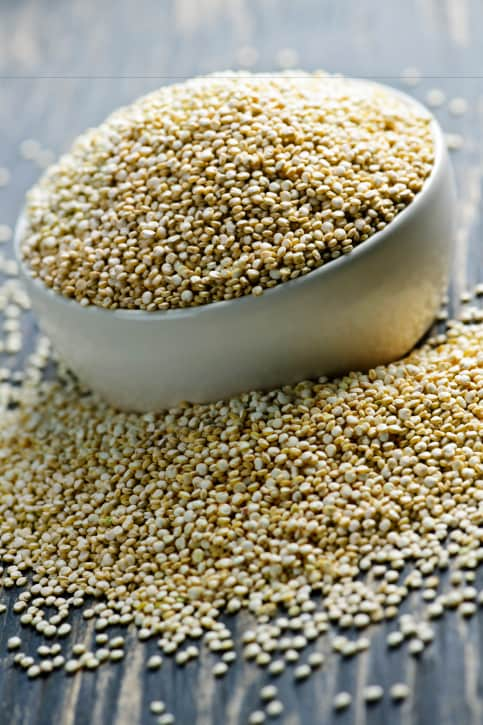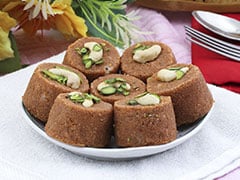Story ProgressBack to home
Quinoa
Often considered a grain, quinoa is actually a seed. It is pronounced as Keen-wah. It was a staple food for those who were living on the altitudes of Andes Mountains in South America. Though the name is not very popular during the recent times, nutritionists claim it to be “super grain” for it impeccable nutritional value.
- NDTV Food
- Nov 21 2014 13:21 IST
 Often considered a grain, quinoa is actually a seed. It is pronounced as Keen-wah. It was a staple food for those who were living on the altitudes of Andes Mountains in South America. Though the name is not very popular during the recent times, nutritionists claim it to be “super grain” for it impeccable nutritional value. It is not a cereal grass but is cooked in a similar way to rice or barley. The edible seeds are bean-shaped tiny pods carry a mild bitterly flavor.
Often considered a grain, quinoa is actually a seed. It is pronounced as Keen-wah. It was a staple food for those who were living on the altitudes of Andes Mountains in South America. Though the name is not very popular during the recent times, nutritionists claim it to be “super grain” for it impeccable nutritional value. It is not a cereal grass but is cooked in a similar way to rice or barley. The edible seeds are bean-shaped tiny pods carry a mild bitterly flavor.
Usage
Quinoa is prepared in a same way like rice. However, the outer coating of quinoa contains a toxin called saponin. Therefore the seeds need to be rinsed thoroughly cleansing the bitter coating. For it fluffy texture, quinoa makes a good alternative for white rice or couscous.
One can even add quinoa as a topping in salads, or prepare quinoa porridge. Quinoa pudding is a good substitute for brown rice. Quinoa seeds can be grounded to flour that is considered for gluten free baking.
Nutritional Value
Unlike rice or any other grain, quinoa is a rich source of all eight essential amino acids. It is also credited by the United Nations as a super crop. Its protein balance is equal to milk, and it has higher protein content than rice, millets and other cereals. Being gluten free, quinoa is the best suggested diet for those who want to lose weight.
Riboflavin content is high in quinoa that helps in reducing and preventing migraine headaches by bettering the oxygen supply to the cells. The seeds are also a rich source of Magnesium, which helps in promotes cardiovascular health. The high dietary fiber content in quinoa helps lessen the occurrence of gallstones.
Note: Though quinoa is now called as a super healthy food, it is not advisable for daily consumption. It contains oxalates, compromising the safety of quinoa.
Did you know?
In South America, rinsed saponin from quinoa seeds is used as a detergent.
The Inca considered quinoa seed to be very scared. They referred it to as the “mother seed.”








